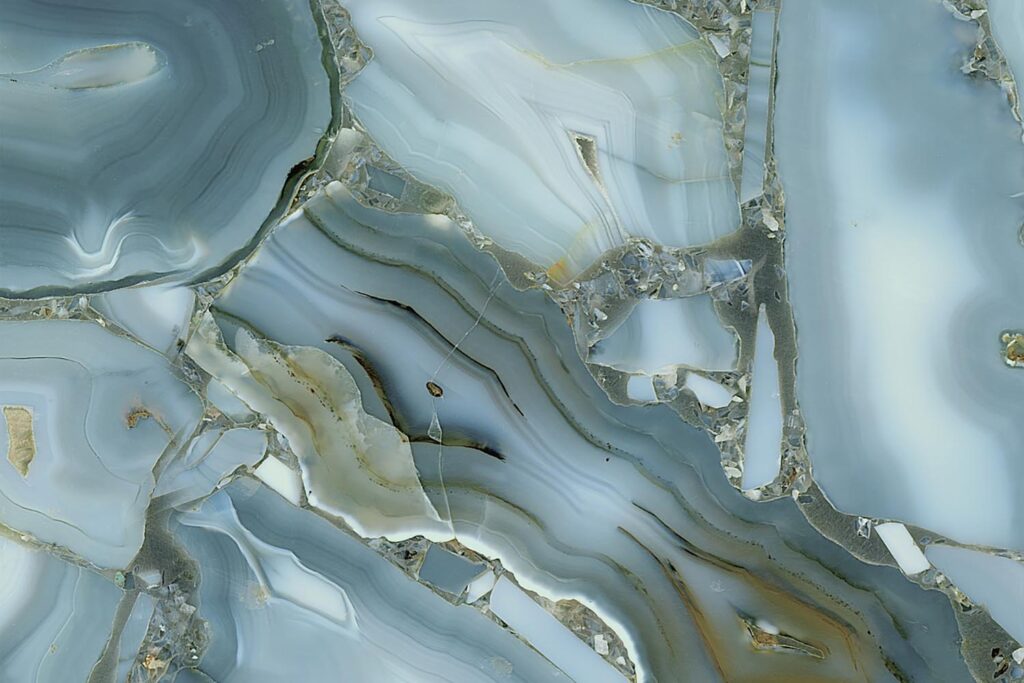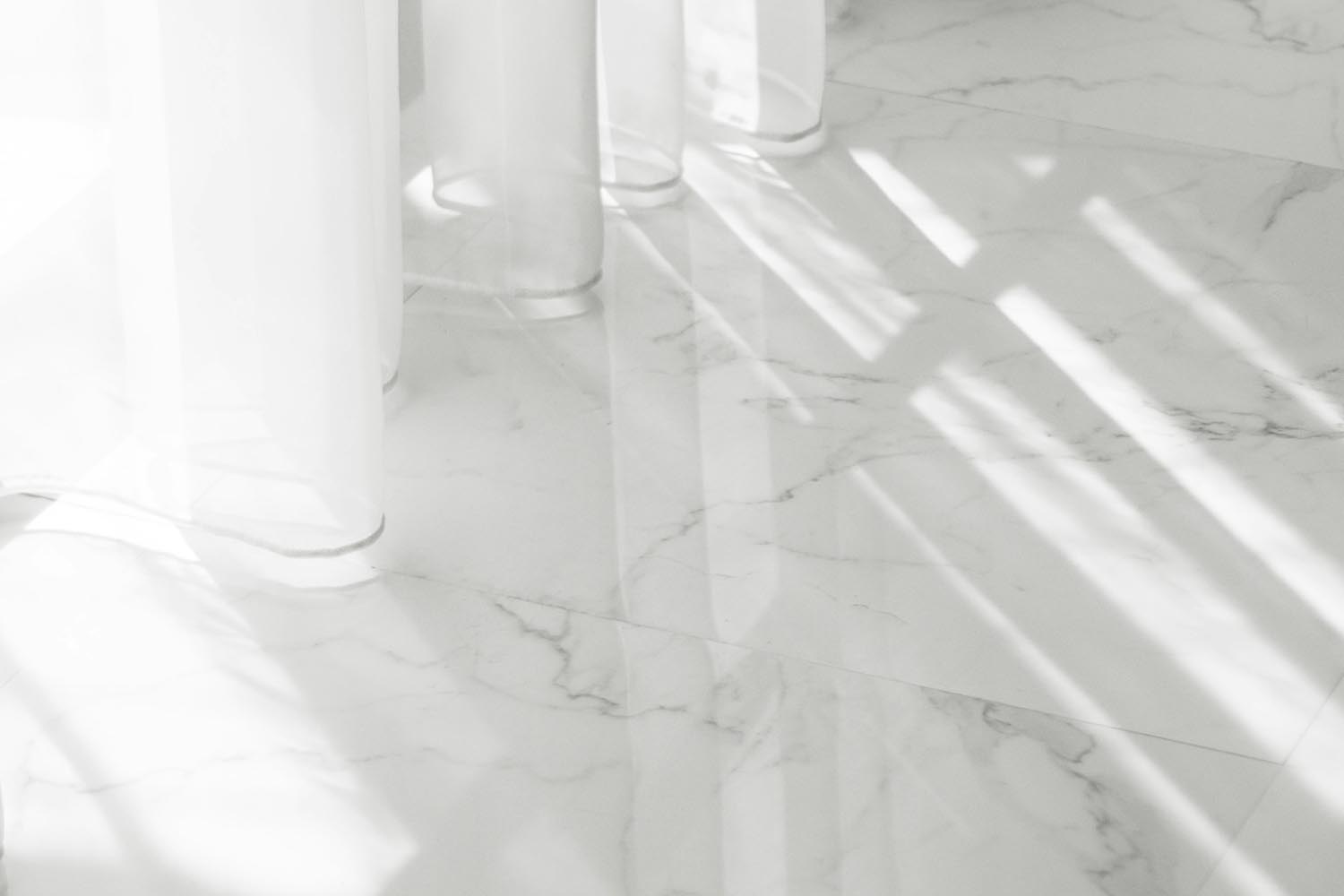Understanding Marble Flooring
Maintain Marble Floors: Marble is a natural stone renowned for its beauty, unique veining patterns, and durability. However, marble is porous and sensitive to chemicals, acids, and abrasive materials, requiring special attention to maintain its aesthetic appeal.
Daily Cleaning Practices
Routine cleaning is the cornerstone of maintaining a marble floor’s beauty:
- Regular Sweeping and Dusting: Daily dusting or sweeping prevents dirt and abrasive particles from scratching the surface. Use soft microfiber cloths or dust mops to gently clean.
- Damp Mopping: After sweeping, mop floors with a slightly damp microfiber mop and clean water. Avoid overly wet mops, as excess water can seep into marble pores and cause staining or water damage.
- Use Mild Cleaners: Always opt for mild, pH-neutral cleaners specifically designed for marble floors. These cleaners protect marble from damage caused by acidic or alkaline substances.
- Immediate Spill Response: Promptly wipe up spills, especially acidic substances such as citrus juices, wine, coffee, or soda, to prevent permanent staining.

Weekly Maintenance
In addition to daily care, weekly deep cleaning will help maintain the polished appearance:
- Gentle Cleaning Solutions: Mix a small amount of mild, marble-safe soap or cleaner with warm water. Mop gently, and then rinse the floor with clean water to remove any residue.
- Drying Thoroughly: After mopping, dry the marble surface with a clean, soft towel or microfiber cloth to prevent water spots and potential moisture absorption.
Monthly Maintenance Routine
Monthly care helps preserve marble’s original gloss and prevents dullness or haziness:
- Marble Polish Application: Apply a marble-safe polish monthly to maintain shine. Choose high-quality marble polishes designed specifically for natural stone flooring.
- Buffing: After polishing, buff the marble surface using a soft microfiber pad or an automatic floor buffer for large areas, restoring brilliance and removing minor scratches.

Preventive Measures and Long-Term Protection
Preventive actions significantly extend your marble floor’s lifespan and appearance:
- Protective Rugs and Mats: Place rugs or mats in high-traffic areas, entryways, and beneath furniture to reduce abrasion and minimize exposure to dirt and debris.
- Furniture Pads: Use felt or rubber pads under furniture legs to prevent scratching and indentations.
- No Shoes Policy: Encourage removing shoes indoors to reduce dirt and abrasives.
- Regular Sealing: Marble floors require sealing due to their porous nature. High-quality penetrating sealers should be applied every 12–18 months, depending on traffic and marble type.
Sealing Marble Floors: A Detailed Guide
Proper sealing ensures marble’s resistance to stains and moisture:
- Selecting a Sealer: Use penetrating sealers, as they soak into marble pores, offering lasting protection without altering appearance.
- Sealer Application: Thoroughly clean and dry the marble floor before sealing. Apply the sealer evenly using a brush, roller, or clean cloth, following the manufacturer’s instructions closely.
- Drying and Curing: Allow sufficient drying and curing time, usually 24–48 hours, before walking on the marble or moving furniture back into place.
Addressing Common Marble Floor Issues
Despite careful maintenance, issues may arise. Here’s how to tackle common problems:
- Stain Removal: Quickly blot stains and gently clean with mild soap. For stubborn stains, use poultice treatments specifically designed for marble.
- Scratch Repair: Minor scratches can be polished out with marble polishing paste or powder. Deeper scratches may require professional honing and polishing.
- Etch Marks: Caused by acidic substances, etch marks appear as dull spots. Use marble polishing compounds to gently buff out these marks.
Professional Maintenance Services
Occasionally, professional intervention is necessary:
- Professional Polishing and Honing: Every 2–3 years, hire marble care experts to professionally polish and hone the surface, restoring its original shine and smoothness.
- Damage Restoration: Professionals have specialized equipment and techniques to address severe scratches, deep stains, chips, and cracks, returning your marble floors to pristine condition.
Products to Avoid
Certain products can damage marble irreparably:
- Acidic Cleaners: Vinegar, lemon juice, ammonia, and any acidic cleaners must be avoided.
- Abrasive Tools: Rough pads, steel wool, abrasive sponges, or harsh scrubbers will scratch marble surfaces.
- Wax-based Products: Avoid wax-based polishes or treatments, as they can leave residues and dull marble surfaces over time.
Eco-Friendly and Natural Cleaning Alternatives
For those interested in environmentally friendly maintenance:
- Gentle Natural Soap: Castile soap diluted in warm water can effectively clean marble without harmful residues.
- Baking Soda Paste: For mild stains, baking soda mixed with water forms a gentle paste that can safely remove minor discoloration.
Marble Care in Specific Areas
Different areas have distinct care requirements:
- Kitchen Marble Floors: Require prompt cleaning of food spills, frequent sealing, and protective mats around cooking and dining areas.
- Bathroom Marble Floors: Regular sealing and immediate drying after showers or baths prevent moisture damage.
- Entryway Marble Floors: Utilize heavy-duty rugs or mats to capture dirt and moisture and increase the frequency of professional polishing.
Conclusion
Maintaining marble floors in perfect condition involves regular, meticulous care, preventive measures, prompt handling of spills and stains, and periodic professional maintenance. By consistently following these detailed guidelines, your marble floors will remain stunningly beautiful, enhancing your property’s value and elegance for many years.

No responses yet